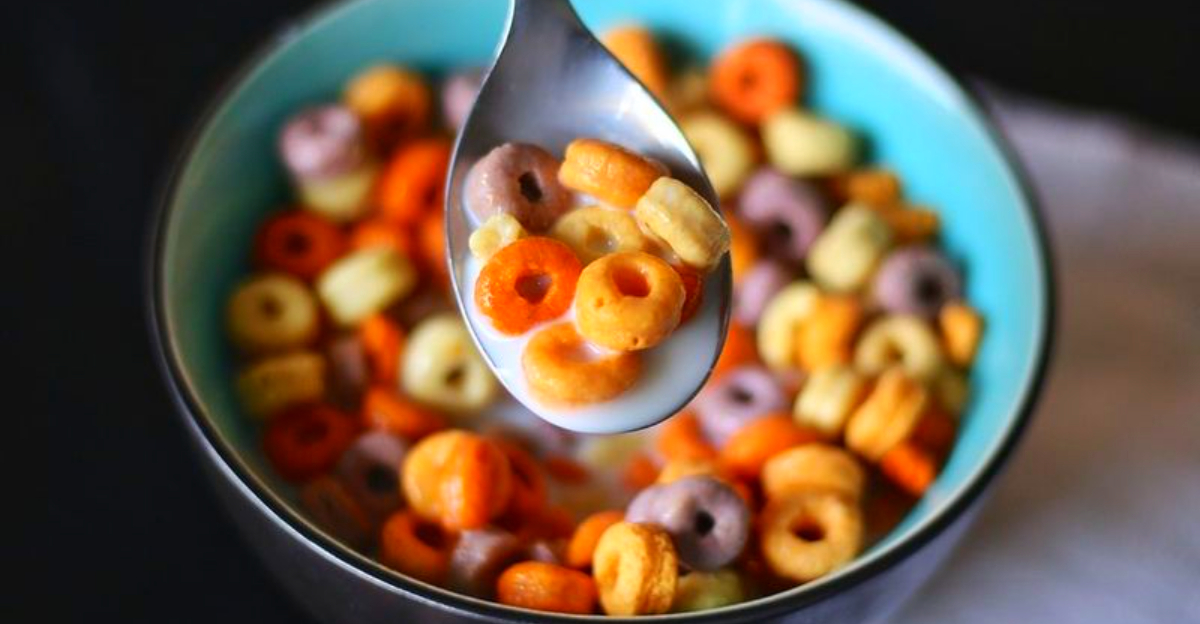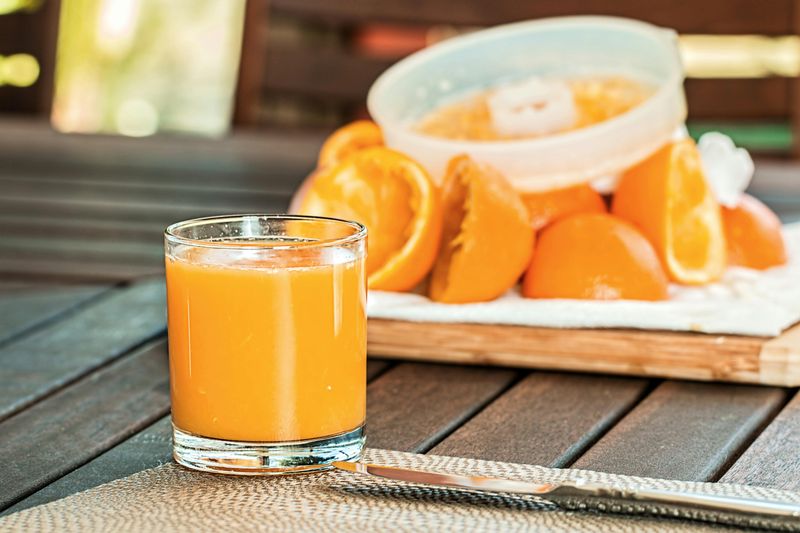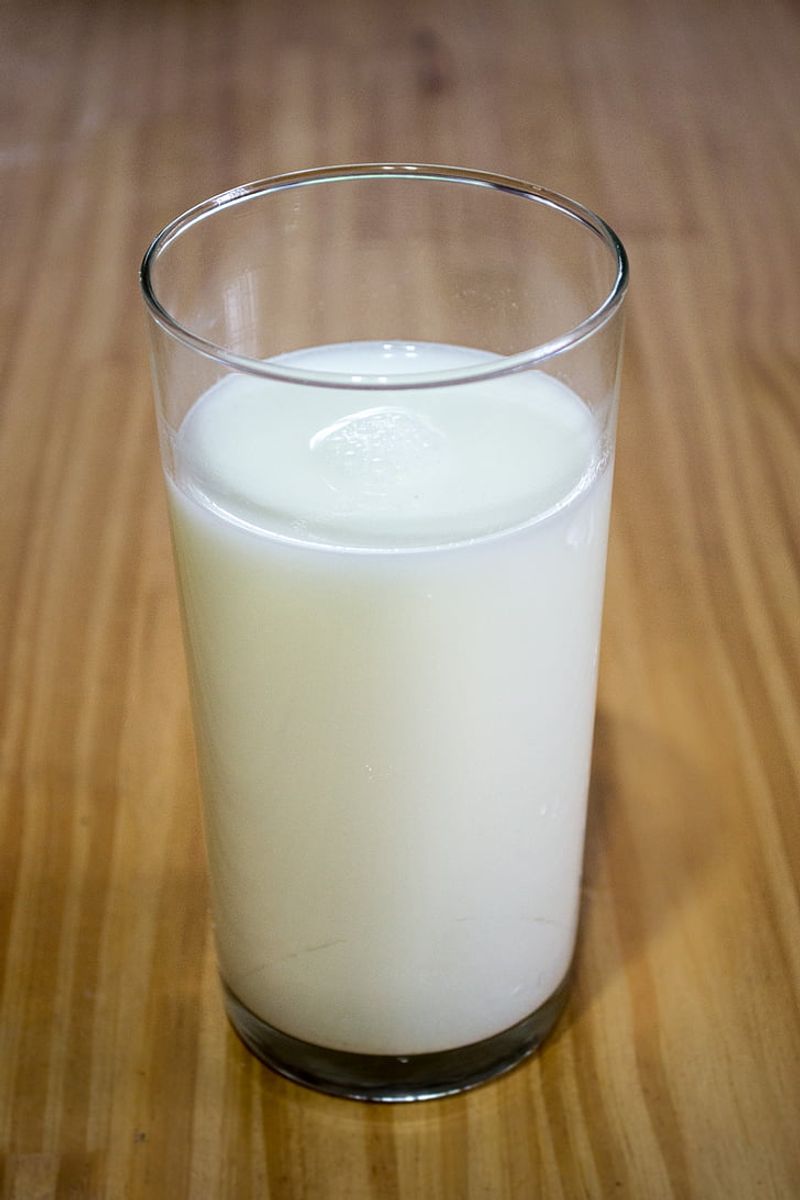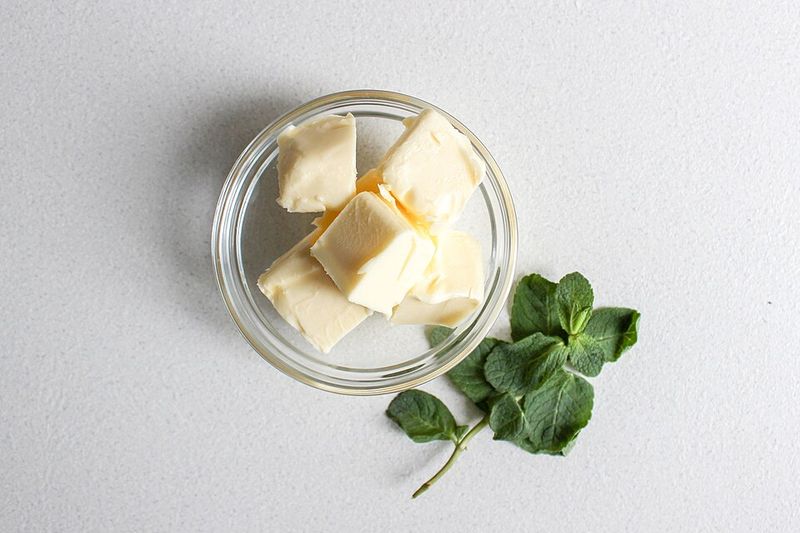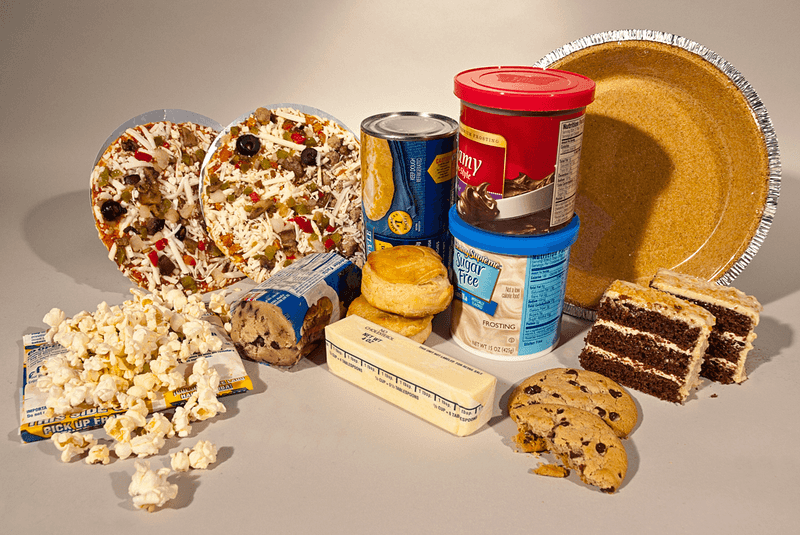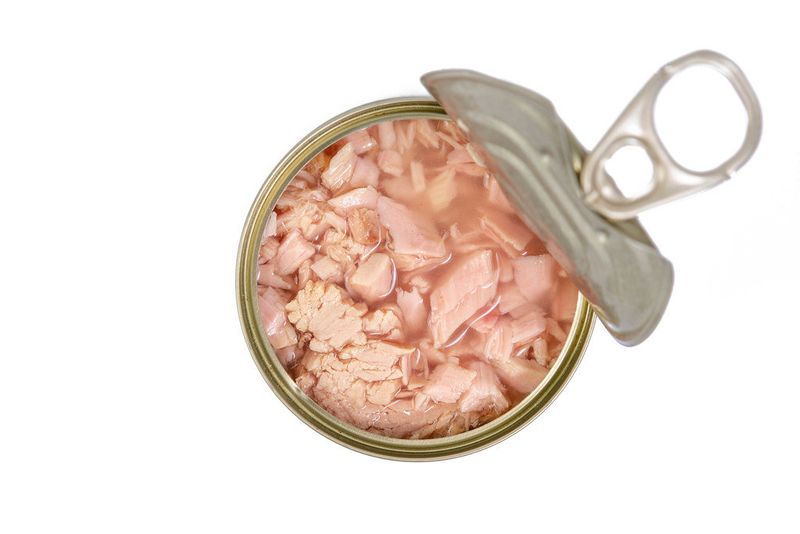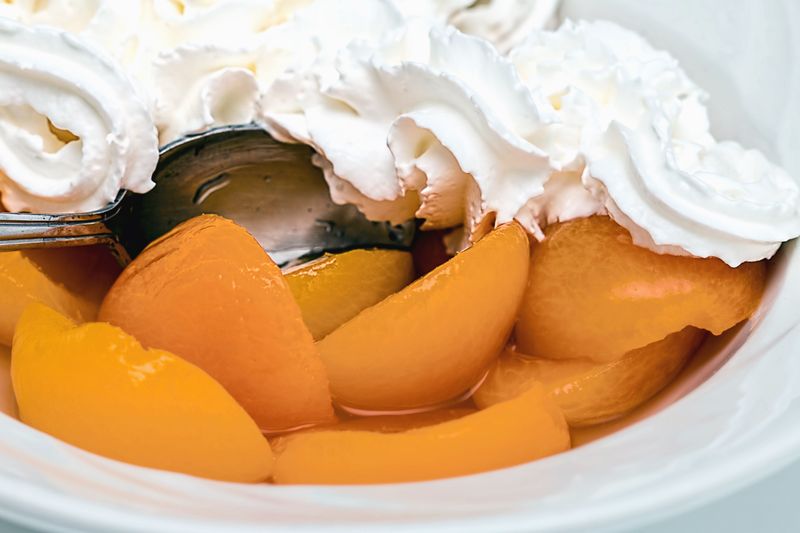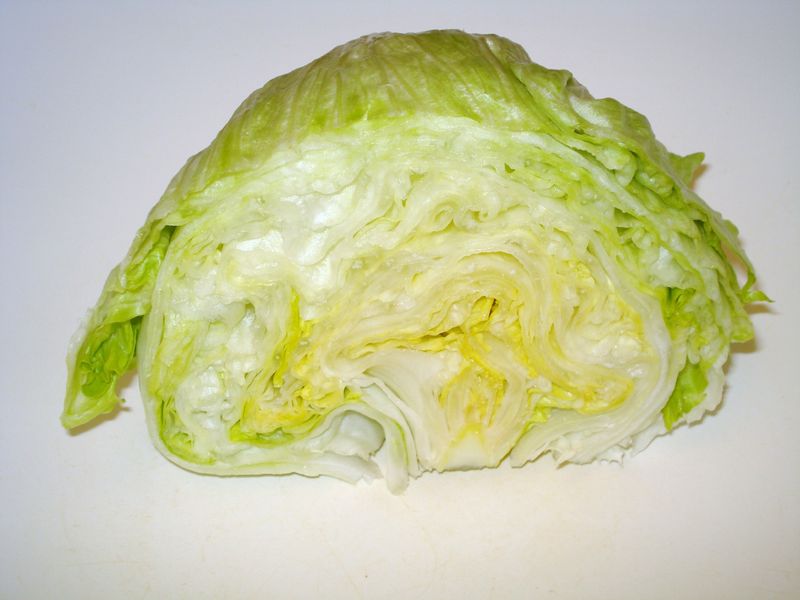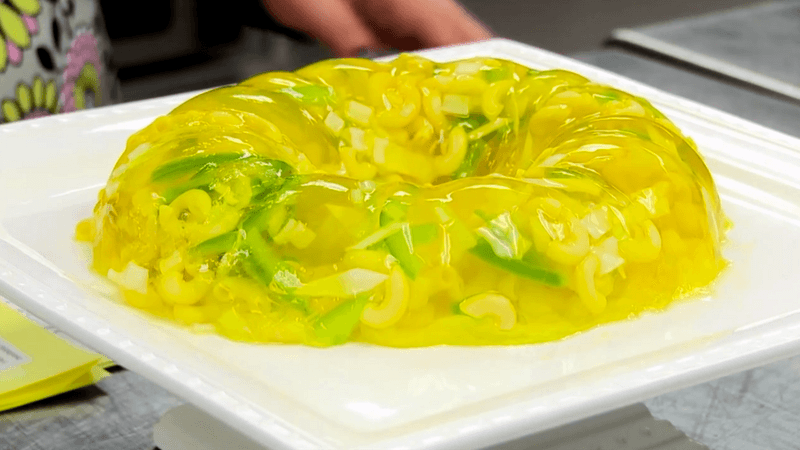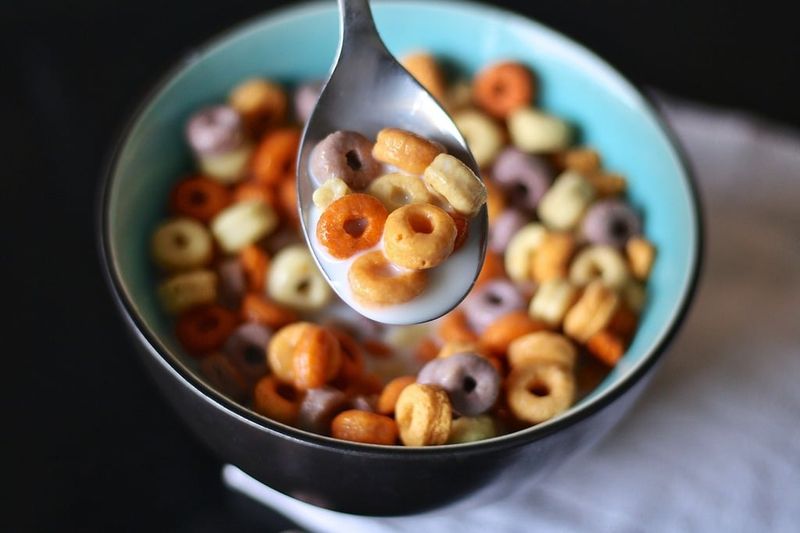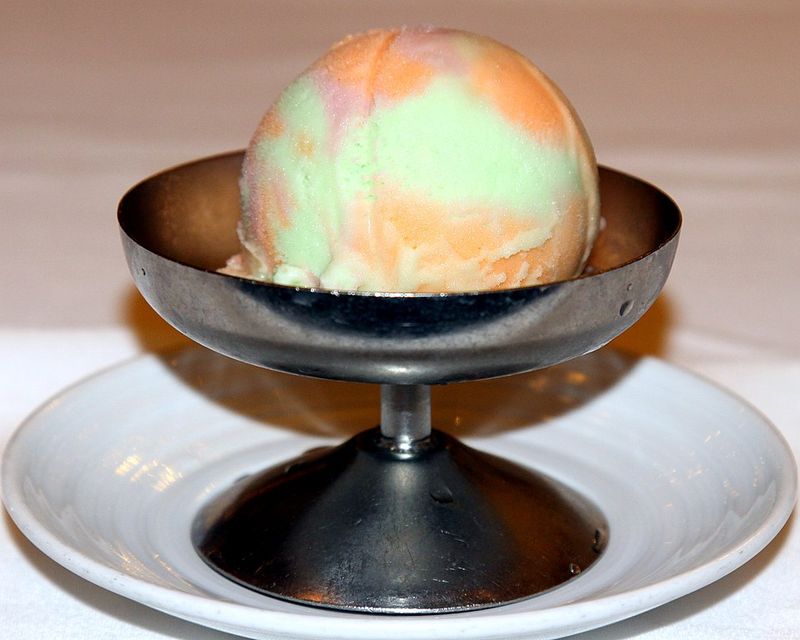American dinner tables look dramatically different than they did a few decades ago. Government data reveals surprising shifts in what we eat and drink, with some once-beloved staples nearly vanishing from our kitchens. These changes tell fascinating stories about health trends, convenience culture, and evolving tastes across generations.
1. Fresh grapefruit
Breakfast tables across America have said goodbye to an old friend. From the 1970s to 2022, fresh grapefruit availability plummeted by roughly 87% per person—a staggering drop that reflects multiple forces at work.
Medication warnings played a huge role, as doctors cautioned patients that grapefruit interferes with dozens of common prescriptions. Meanwhile, citrus greening disease devastated Florida groves, driving up prices.
Busy mornings made quick-peel oranges and clementines more appealing than wrestling with a spoon and a tart, messy grapefruit half. The ritual simply couldn’t compete with modern convenience, and younger generations never developed the habit their grandparents cherished at the breakfast table every morning.
2. Orange juice at breakfast
Remember when every breakfast table featured a tall glass of OJ? Those days are fading fast. USDA analysts report that orange availability—both fresh fruit and juice—has dropped about 51% per person since 1970, marking a dramatic shift in morning routines.
The decline mirrors broader changes in how Americans start their days. Sit-down breakfasts have given way to grab-and-go options, protein smoothies, and coffee-shop runs.
Price increases haven’t helped either, as Florida’s citrus troubles pushed carton costs higher. Many families now view orange juice as an occasional treat rather than a daily essential, opting instead for water, coffee, or nothing at all during hectic weekday mornings.
3. A plain glass of cow’s milk
Got milk? Apparently, a lot fewer Americans do these days. While we still consume plenty of cheese, yogurt, and ice cream, fluid milk consumption has taken a nosedive. USDA data shows loss-adjusted fluid milk dropped from about 0.8 cups to just 0.5 cups per person daily.
Plant-based alternatives like almond, oat, and soy milk have captured significant market share, especially among younger shoppers. Lactose intolerance awareness grew, and dietary trends shifted away from drinking calories.
Cereal’s decline didn’t help either—fewer bowls mean fewer milk pours. The iconic image of a cold glass alongside dinner has become almost quaint, replaced by bottled water, soda, or specialty beverages at modern American tables.
4. Stick margarine
Margarine once promised a healthier, cheaper alternative to butter, dominating American kitchens throughout much of the 20th century. But that reign has crumbled dramatically as butter staged an impressive comeback and consumers grew wary of highly processed spreads.
USDA data documents margarine’s long, steady slide while butter consumption climbed back up. Health messaging shifted, with natural fats gaining favor over artificial alternatives.
The classic foil-wrapped stick became harder to find in stores as shelf space shifted to butter and spreadable tubs. Younger cooks often skip margarine entirely, never having developed the habit their parents and grandparents relied on for baking and spreading. The butter-versus-margarine debate? Butter won decisively.
5. Foods made with artificial trans fats (PHOs)
This isn’t just a decline—it’s an elimination. Partially hydrogenated oils, the source of artificial trans fats, have been systematically removed from America’s food supply following FDA action. In 2015, regulators determined PHOs weren’t safe, setting compliance deadlines that ended most uses by 2018.
Trans fats once lurked in everything from microwave popcorn to frozen pies, valued for shelf stability and texture. But mounting evidence linked them to heart disease, forcing manufacturers to reformulate thousands of products.
Walk down any grocery aisle today and you’ll struggle to find trans fats listed on nutrition labels. The change happened quietly but represents one of the most significant food-supply shifts in modern history, protecting millions from hidden cardiovascular risks.
6. Canned tuna (and canned seafood generally)
Canned seafood once anchored school lunches and quick dinners across America, but its dominance has eroded significantly. USDA data reveals that canned seafood’s share of U.S. seafood consumption tumbled from roughly 35% in 1990 to just 18% by 2021—a remarkable shift in shopping habits.
Fresh and frozen seafood options expanded dramatically in supermarkets, offering better taste and texture. Concerns about mercury in tuna didn’t help, nor did changing workplace lunch cultures that moved away from brown-bag sandwiches.
Younger generations often skip canned tuna entirely, viewing it as bland or old-fashioned compared to sushi, poke bowls, and grilled salmon. The tuna-sandwich era quietly faded into nostalgia.
7. Packaged white sandwich bread
Soft, squishy white bread in a plastic bag defined American sandwiches for generations, but those center-store loaves are struggling. Shoppers have traded traditional packaged bread for whole-grain options, artisan varieties, and in-store bakery selections that promise better nutrition and flavor.
Industry reports show packaged bread sales softening even as bakery departments thrive. Health-conscious consumers scrutinize ingredient lists, finding additives and preservatives they’d rather avoid.
Overall bread consumption has fallen below past peaks, too, as low-carb diets and sandwich alternatives gained popularity. The iconic image of Wonder Bread on every counter has become a relic, replaced by rustic loaves, sourdough boules, and specialty breads that signal taste and wellness over convenience.
8. Fruit cocktail & canned fruit in heavy syrup
Canned fruit in sticky-sweet syrup was a lunchbox and dessert staple for decades, but Americans have largely moved on. Per-person consumption of canned fruit crashed from 26.6 pounds in 1980 to just 12.8 pounds by 2019, reflecting major shifts in taste and health awareness.
Heavy syrup fell out of favor as sugar became dietary enemy number one. Fresh fruit became more accessible year-round thanks to global supply chains, while frozen options offered convenience without added sweetness.
Fruit cocktail’s artificial maraschino cherries and mushy texture couldn’t compete with crisp apples, juicy berries, and tropical varieties now commonplace in produce aisles. What once seemed like a treat now feels overly processed and outdated to modern palates.
9. Iceberg lettuce salads
Pale, crunchy iceberg once ruled salad bars and home kitchens without question. But its reign collapsed spectacularly—USDA data shows iceberg’s loss-adjusted availability dropped roughly 75% from 1980 to 2020, as darker, more nutritious greens took over.
Romaine, spinach, arugula, and spring mixes offer superior vitamins, minerals, and flavor complexity. Restaurant menus evolved beyond the wedge salad, embracing kale Caesar and mixed-green creations.
Nutritionists pointed out that iceberg provides mostly water and crunch with minimal nutritional payoff. Shoppers responded by reaching for leafy greens with actual health benefits, leaving iceberg to languish in produce sections. The transformation happened quietly but completely changed America’s relationship with salad.
10. Veal
Veal once graced dinner tables and restaurant menus regularly, featured in classic dishes like veal parmesan and osso buco. Today it’s virtually disappeared from the American diet, shrinking to around 0.2 pounds per person annually—essentially a rounding error in consumption data.
Animal welfare concerns dealt the decisive blow, as awareness grew about how calves are raised for tender meat. Many consumers found the practice troubling and simply stopped buying it.
High prices and unfamiliarity among younger cooks sealed veal’s fate. Most Americans under 40 have never prepared it at home, and even Italian restaurants increasingly substitute chicken in traditional veal recipes. What was once considered refined and elegant now feels ethically complicated and outdated.
11. Gelatin salads / Jell-O molds
Shimmering, wobbly Jell-O molds packed with fruit, vegetables, or even seafood were once party showstoppers and holiday staples. Food historians note these mid-century creations quietly vanished as tastes evolved and fresh produce became more accessible year-round.
Let’s be honest—the combination of lime gelatin and shredded carrots never made much culinary sense. As American palates grew more sophisticated, the appeal of sweetened gelatin mixed with savory ingredients faded fast.
The labor involved didn’t help either, requiring hours of refrigeration and careful unmolding. Modern hosts prefer simpler, fresher side dishes that don’t require vintage molds and precise timing. What once signaled homemaking prowess now just seems odd and overly complicated to contemporary cooks.
12. Processed “American cheese” singles
Those individually wrapped orange squares defined grilled cheese and burgers for generations, but natural cheeses are winning the battle for refrigerator space. Circana retail data shows processed slices declining in both dollars and volume, a trend that’s accelerated in recent years.
Consumers increasingly scrutinize ingredient lists, discovering that many “cheese” singles technically aren’t cheese at all but rather “cheese product.” That distinction matters to shoppers seeking real, recognizable ingredients.
Meanwhile, natural cheddar, Swiss, and specialty cheeses have become more affordable and convenient, available pre-sliced without the artificial texture and flavor. Kids still get grilled cheese, but parents increasingly reach for real cheese instead of processed singles. The shift reflects broader movement toward authentic, less-processed foods.
13. Sugary breakfast cereal at home
Saturday morning cartoons and a bowl of rainbow-colored cereal defined childhood for millions, but that ritual is fading. The category has trended flat or lower compared to the 1990s and 2000s, as grab-and-go options, protein snacks, and eggs captured breakfast share.
Parents grew concerned about sugar content, often shocked to learn that popular kids’ cereals contained more sugar per serving than cookies. Health-conscious families switched to lower-sugar alternatives or abandoned cereal altogether.
Busy mornings made yogurt pouches, protein bars, and drive-through breakfast sandwiches more practical than pouring bowls and cleaning up milk spills. Marketers have pivoted toward hot cereals and snackable formats, acknowledging that the traditional cereal-and-milk breakfast has lost its dominant position in American homes.
14. Regular sugary soda
Carbonated soft drinks peaked around 2000 and have drifted steadily downward ever since. Per-capita consumption shows modest but real declines from 2020 to 2025, as zero-sugar versions and flavored waters siphon away market share from traditional sugary sodas.
Public health campaigns highlighting sugar’s role in obesity and diabetes changed consumer attitudes. Soda taxes in some cities added financial incentives to switch, while expanding beverage options made it easier to find alternatives.
Younger generations especially have turned away from regular soda, viewing it as outdated and unhealthy. Water, sparkling water, energy drinks, and diet sodas now dominate cooler shelves. The iconic image of an ice-cold Coke as America’s beverage is giving way to a far more fragmented, health-conscious drinking culture.
15. From-scratch mashed/boiled potatoes
Americans still love potatoes, but they’ve shifted dramatically toward processed forms—especially french fries. USDA data reveals roughly half of all potato consumption now comes from frozen, dehydrated, or chip forms rather than fresh potatoes peeled and cooked at home.
The change reflects convenience culture’s triumph over traditional cooking. Why spend time peeling, boiling, and mashing when instant flakes or frozen fries deliver results in minutes?
Restaurant meals tilted the balance further, with fries accompanying nearly every burger and sandwich. Home cooks increasingly reserve from-scratch mashed potatoes for Thanksgiving and special occasions rather than weeknight dinners. The humble boiled potato, once a daily staple, has become a holiday tradition rather than routine fare in modern American kitchens.
16. Sherbet
This fruity frozen treat once occupied prime freezer real estate alongside ice cream, offering a lighter, tangier alternative. But sherbet has quietly melted away from American freezers, experiencing some of the steepest long-term declines among dairy products according to federal data synthesis.
Ice cream innovation left sherbet behind, with premium flavors, gelato, and frozen yogurt capturing consumer interest. Health-conscious shoppers who wanted fewer calories often skipped frozen desserts entirely or chose lower-calorie options like fruit popsicles.
Sherbet occupied an awkward middle ground—not quite ice cream, not quite sorbet, not quite satisfying to anyone. Younger generations never developed the taste for it, and older fans gradually moved on. What was once a freezer staple became a forgotten relic of mid-century dessert culture.
